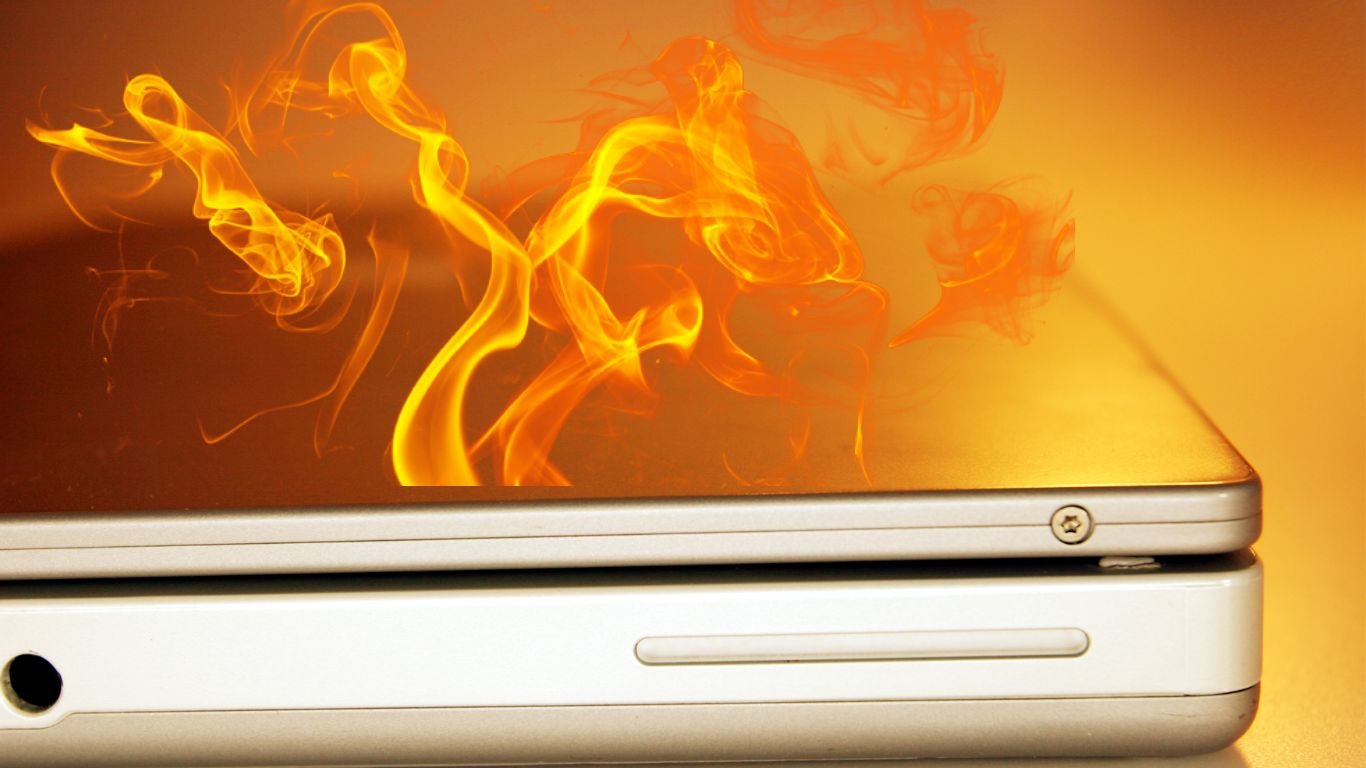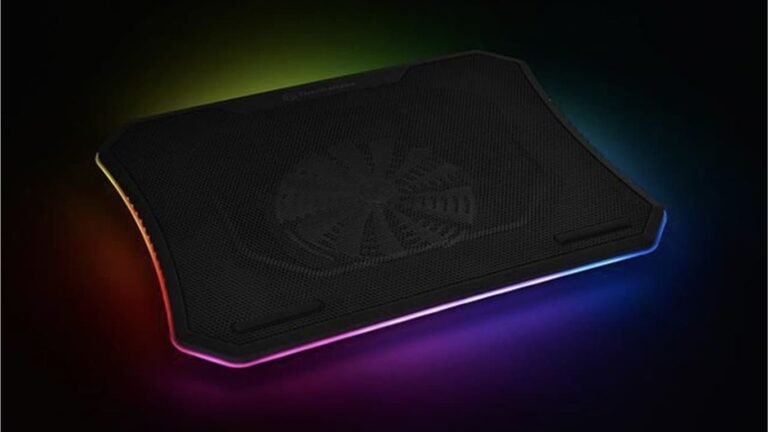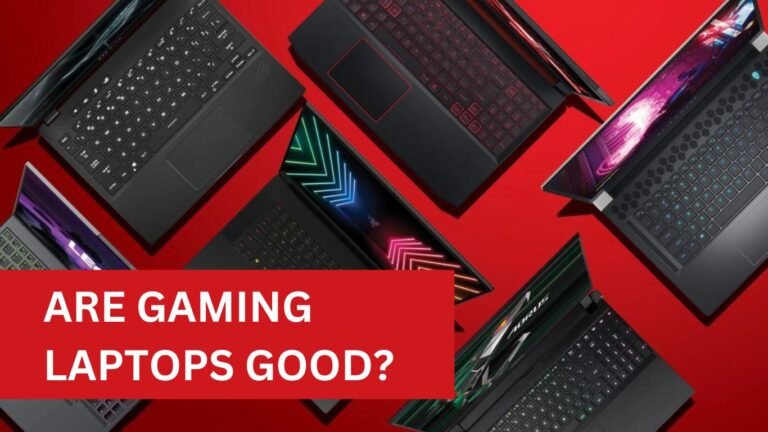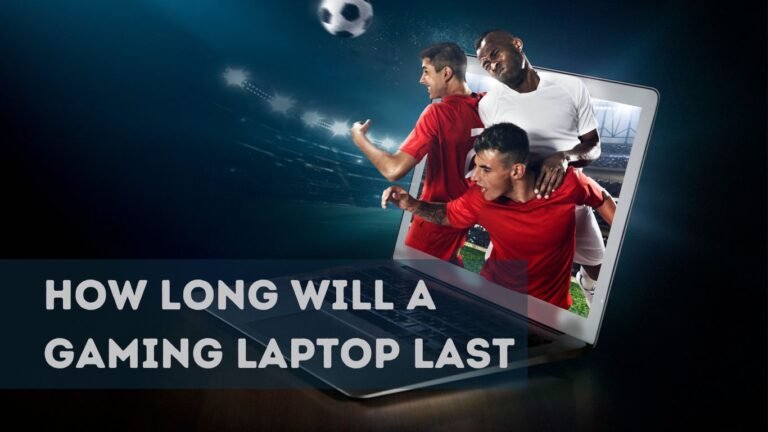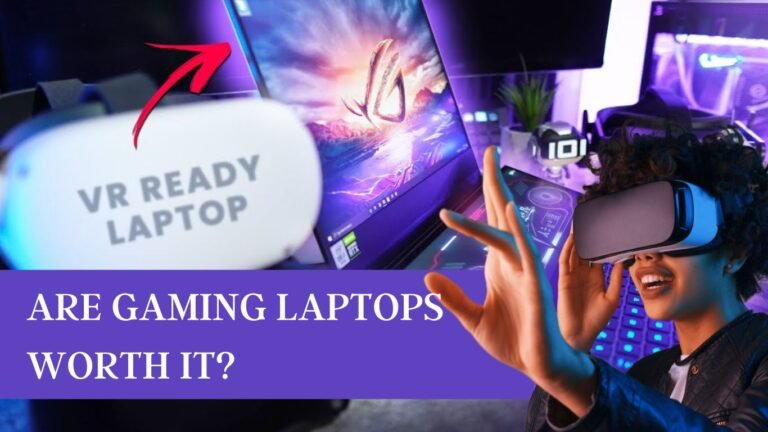WHY DO GAMING LAPTOPS GET SO HOT?
Gaming laptops are the epitome of portable powerhouses. They pack high-performance hardware in a compact form factor, enabling gamers to enjoy their favorite games on the go. However, one common issue plaguing these machines is the excessive heat they generate. In this article, we’ll explore why gaming laptops get so hot and offer some tips on how to keep them cool.
Factors Contributing to the Heat Generation
High-performance Components
One of the primary reasons gaming laptops get hot is their high-performance components. Gaming laptops often feature powerful processors, dedicated graphics cards, and fast memory, all of which generate significant heat when pushed to their limits during gaming sessions. These components require more power, and as power consumption increases, so does heat output.
Compact Design and Insufficient Cooling
Gaming laptops are designed to be portable, which means they have a compact form factor. This design constraint leads to limited space for cooling components such as fans and heat sinks. As a result, heat dissipation becomes less efficient, causing the temperature of internal components to rise.
Overclocking and Turbo Boost
Many gaming laptops come with overclocking features and turbo boost capabilities, allowing the processor and graphics card to run at higher clock speeds for better performance. While this provides a performance boost, it also generates more heat, further exacerbating the temperature issue.
How Heat Affects Performance and Longevity
Thermal Throttling
When temperatures inside a gaming laptop become too high, the system will often engage in thermal throttling to prevent damage to the components. This process reduces the clock speeds of the processor and graphics card, causing a dip in performance. Prolonged thermal throttling can lead to a less enjoyable gaming experience.
Reduced Lifespan of Components
Excessive heat can also reduce the lifespan of the components in a gaming laptop. High temperatures can cause components to degrade more quickly, eventually leading to failure. Investing in proper cooling solutions can help protect your gaming laptop and extend its life.
Tips to Keep Your Gaming Laptop Cool
Ensuring Proper Airflow
Good airflow is crucial for keeping your gaming laptop cool. Make sure the laptop’s vents are unobstructed, and avoid placing it on soft surfaces like beds or cushions, which can block airflow. Instead, use a hard, flat surface, or consider a laptop stand that elevates the device to improve air circulation.
Cleaning and Maintenance
Regularly cleaning your gaming laptop can help improve its cooling efficiency. Dust and debris can accumulate over time, clogging the vents and fans, which hinders proper airflow. Make it a habit to clean the air vents and fans using compressed air or a soft brush to remove any accumulated dust.
Use of Cooling Pads and External Fans
Cooling pads and external fans can provide additional cooling for your gaming laptop. These devices often feature built-in fans that help to dissipate heat away from the laptop’s chassis. While they may not drastically lower temperatures, they can still contribute to a cooler and more stable gaming experience.
Adjusting Power Settings and Performance Profiles
Most gaming laptops come with customizable power settings and performance profiles that allow you to balance performance and heat generation. Adjusting these settings to prioritize power-saving or balanced modes can help reduce heat output while still providing a satisfactory gaming experience.
Undervolting and Underclocking
Undervolting and underclocking are advanced techniques that can help lower the temperatures of your gaming laptop. Undervolting involves reducing the voltage supplied to the processor or graphics card, while underclocking reduces the clock speeds of these components. Both techniques can help reduce heat output, but they may also decrease performance, so proceed with caution and consult online guides or expert advice before attempting.
Conclusion
Gaming laptops get hot primarily due to their high-performance components, compact design, and overclocking features. Excessive heat can lead to performance issues and reduced component lifespan. To keep your gaming laptop cool, ensure proper airflow, clean and maintain the device regularly, use cooling pads or external fans, and adjust power settings or performance profiles. In some cases, undervolting and underclocking may also be effective in lowering temperatures.
Frequently Asked Questions (FAQs)
How hot is too hot for a gaming laptop?
While temperatures may vary depending on the specific components and design of a gaming laptop, it’s generally advisable to keep the CPU and GPU temperatures below 90°C (194°F) to avoid potential damage or thermal throttling.
Can excessive heat damage my gaming laptop?
Yes, excessive heat can damage your gaming laptop by causing components to degrade more quickly, potentially leading to failure. It’s essential to take steps to keep your laptop cool and maintain its performance and longevity.
How often should I clean my gaming laptop?
It’s recommended to clean your gaming laptop at least once every three to six months. However, this may vary depending on your usage habits and the environment in which the laptop is used.
Is it safe to use a laptop cooling pad?
Yes, using a laptop cooling pad is safe and can help provide additional cooling for your gaming laptop. Make sure to choose a cooling pad compatible with your laptop’s size and design for optimal results.
Can I upgrade my gaming laptop’s cooling system?
While it’s difficult to upgrade the cooling system in most gaming laptops due to their compact design, you can still take steps to improve cooling efficiency, such as cleaning the vents and fans, using a cooling pad, or adjusting power settings. In some cases, it may be possible to replace the thermal paste or pads to improve heat transfer, but this should be done with caution and preferably by a professional.

